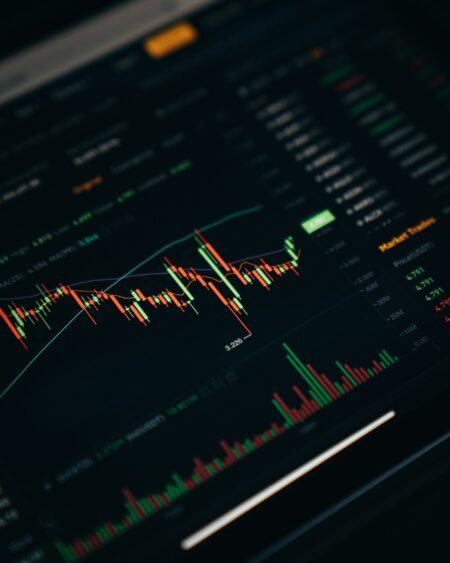In a recent interview, Jared Cross, a Managing Director who is Head of Institutional Portfolio Strategy at J.P. Morgan, talked about degree of adoption of crypto by institutional investors.
Cross is “responsible for providing insights and solutions to institutional clients, including corporate and public pensions, endowments, foundations, and healthcare institutions.” Before joining J.P. Morgan in 2020, he “spent more than a decade at Pacific Investment Management Company (PIMCO) where he was the Head of Institutional Business Development, and a member of PIMCO’s investment solutions team.”
According to a report by The Daily Hodl, his comments were made during an interview on Bloomberg’s “What Goes Up” podcast.
Cross told Bloomberg:
“As an asset class, crypto is effectively non-existent for most large institutional investors. The volatility is too high, the lack of an intrinsic return that you can point to makes it very challenging... Most institutional investors probably are breathing a sigh of relief that they didn’t jump into that market and are probably not going to be doing so anytime soon.”
On 6 December 2022, Mike McGlone, a Senior Macro Strategist at Bloomberg Intelligence (Bloomberg’s research arm on the Bloomberg Terminal”), shared his thoughts on the crypto market.
In the December 2022 edition of Bloomberg Intelligence’s “Crypto Outlook” report, McGlone (and the three contributing analysts he worked with on this research) said:
“It’s been one of the most severe drawdowns in crypto history, yet the Bloomberg Galaxy Crypto Index (BGCI) is still up about 200% since the end of 2019 vs. 20-60% for gold, the S&P 500, the Bloomberg Commodity Spot index and US money supply to Dec 2. The question is how much worse things can get for the space, overdue to cleanse speculative excesses. Our bias is risk vs. reward, with the BGCI tilted toward resuming its propensity to outperform…
“About 70% of the BGCI is Bitcoin and Ethereum, which are notable for definable diminishing supply vs. increasing adoption and demand. Something has to reverse the demand side of that equation, or by the rules of economics, the price should rise over time. A significant dip within an elongated trend is how we expect history to view 2022 in cryptos…
“That the drop in the value of the entire crypto market in 2022 to Dec. 2 — about $1.3 trillion — is roughly equivalent to the market-cap fall of two stocks, Amazon and Google, is indicative of cryptos’ nascent stage. The most aggressive Fed tightening in 40 years is a good reason for the macroeconomic ebbing tide, but 2023 may be about which assets come out ahead as central banks pivot. If they don’t flip to easing, the world may tilt more deeply into recession, with repercussions for all risk assets. Our base case is for an elongated deflationary period, with the crypto market, as measured by the Bloomberg Galaxy Crypto Index, coming out ahead.“
McGlone gave an interview (released on 4 December 2022) to Daniela Cambone, Editor-at-Large and Anchor at Stansberry Research, “a subscription-based publisher of financial information and software.”
According to a report by The Daily Hodl, he said:
“Cryptos have already backed up 80%, and you just don’t want to get too bearish when a thing is down 80%. I think we’re in the final stages of this bear market for cryptos, but it’s not going to be easy. Typically markets don’t just make a V bottom. They have to make it as difficult as possible and the key thing I’ve learned trading in markets, especially bear markets, is they’ll make you lose your hair, they’ll take money from everybody and they have to be volatile and difficult. That’s the key thing...
“Remember, this is not a crypto winter. This an everything winter, except for one asset class. Those are commodities. Commodities have to go down. If they don’t, the Fed is going to keep tightening until they do, and so that that’s to me the way I look at it.“









